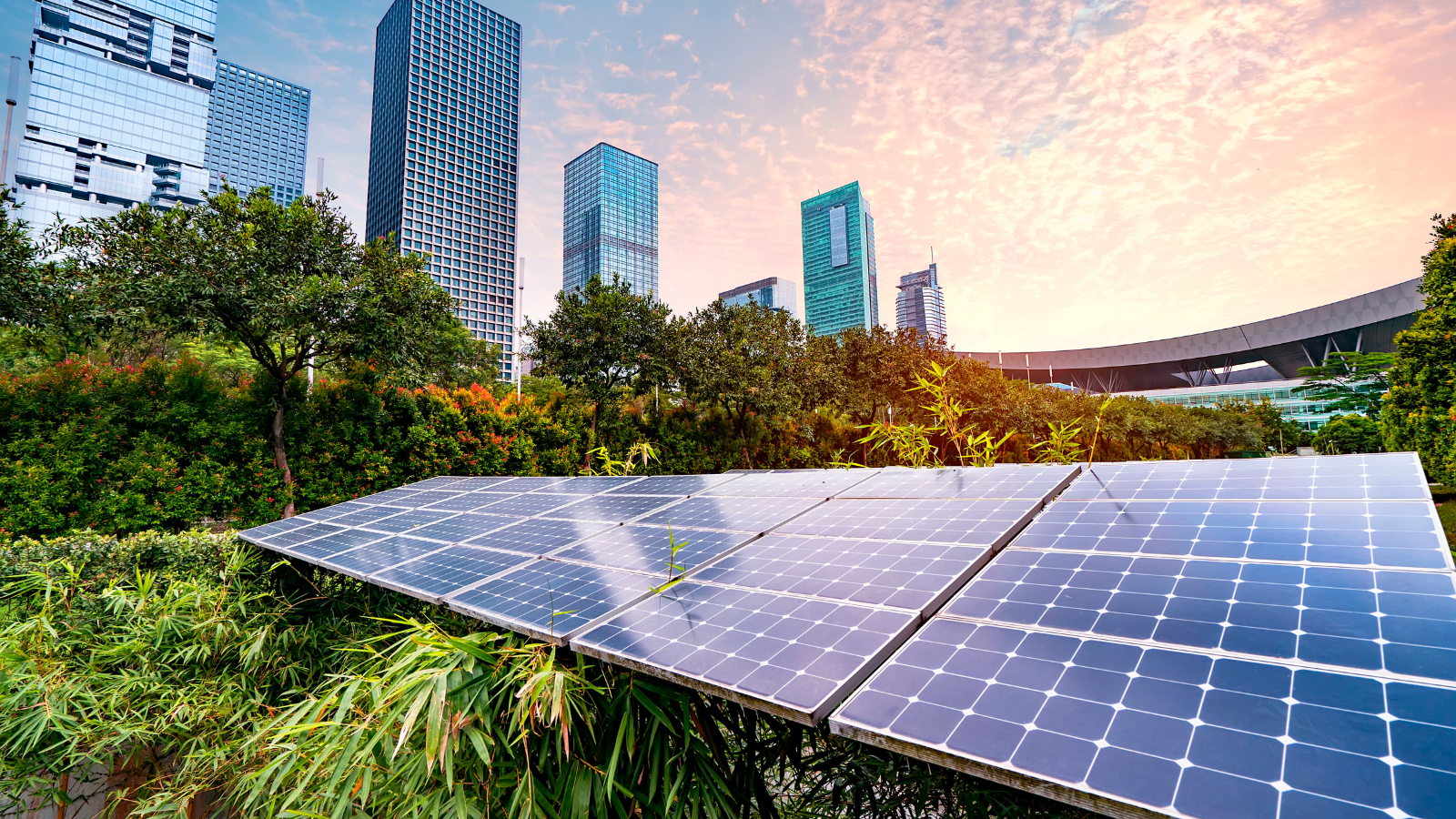The world is facing a crucial turning point: transitioning to clean energy to combat climate change. This ambitious undertaking, while essential, cannot succeed without a strong foundation built on community support. This is where the concept of a “Just Energy Transition” comes into play.
At its core, a Just Energy Transition prioritizes three pillars:
1. Innovation for a Rapid and Secure Future:
Rapidly deploying clean energy solutions requires continuous advancements. This means investing in future energy sources, storage technologies, and smart grids. Companies like EDP are pioneering such projects, expanding technologies like green hydrogen and solar energy to pave the way for a net-zero future.
2. Access for All: Leaving No One Behind:
Energy poverty remains a global challenge, hindering development and well-being. A Just Energy Transition demands closing this gap by ensuring equitable access to clean energy, especially in remote areas and the Global South. Initiatives like the Access to Energy (A2E) fund, supported by EDP, tackle fossil fuel dependence and bring clean energy to underserved communities worldwide.
3. Community Engagement: Empowering the Drivers of Change:
The transition to clean energy cannot happen without the active involvement of the people it impacts. Early and transparent engagement with local communities is crucial to earn their “social license to operate” and build trust. EDP’s Local Stakeholder Engagement Policy guides project teams to prioritize early communication and collaboration with local communities, fostering shared understanding and mitigating potential conflicts.
Why is this approach strategic?
The success of the energy transition hinges on its social dimension. Without community support, businesses risk losing acceptance and hindering progress. By working in partnership with communities, companies can unlock significant business value while creating shared benefits for society and the environment.
Governments, NGOs, and businesses all have a role to play in this collective effort. Governments must create supportive regulations and transition plans that focus on people, ensuring economic growth benefits everyone. Transparency is key, requiring open communication about plans and strategies from the outset.
Examples of Success:
Several initiatives demonstrate that the Just Energy Transition is not just a concept but a reality:
- ENTAMA: This project in Spain creates local jobs and resources through reskilling, upskilling, and entrepreneurship programs, now expanding to Latin America.
- Solidarity Solar – Cova da Moura: This project in Lisbon provides clean and sustainable electricity to a community lacking basic infrastructure, promoting local development and replicating across Spain and Brazil.
- EDP RURAL: This initiative brings knowledge and partnerships to rural communities in Brazil, empowering them and expanding to other countries where EDP operates renewable energy projects.
Moving Forward: Faster and Deeper:
To accelerate progress, we need to:
- Prioritize system-level impact within business strategies, aligning with community needs.
- Forge cross-sectoral collaborations to build strong partnerships with communities.
- Develop a shared framework for measuring the “people-positive” impact of energy transition initiatives.
The energy transition is a collective journey, and communities hold the key to unlocking its potential. By prioritizing innovation, access, and engagement, we can create a future powered by clean energy that benefits all.


